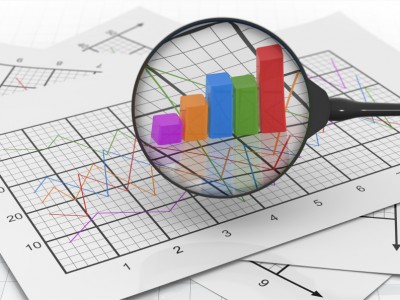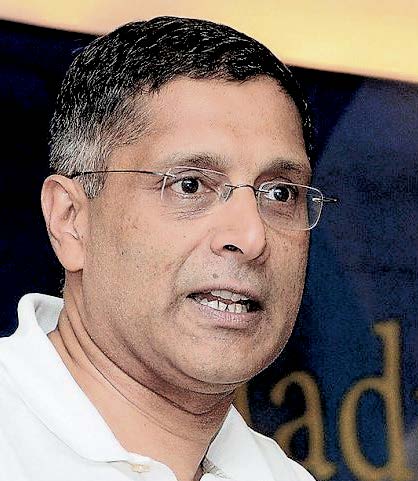
The slowdown in China‘s economy, the world’s second largest, is sucking the growth out of North Asia and tilting some economies towards recession.
As China undergoes a painful rebalancing of an economy that accounts for 16 percent of global GDP – up from below a tenth a decade ago – the International Monetary Fund predicts 5.5 percent growth this year for a region that also includes export powerhouses Japan, South Korea, Hong Kong and Taiwan.
That would be the weakest growth rate since the global financial crisis.
Japan’s exports grew by 0.6 percent from a year earlier in September, the slowest since August last year, data showed on Wednesday, as shipments to China dropped by 3.5 percent.
“Without a doubt, as long as China remains in a very soft spot … it’s natural that North Asia, which is very highly oriented to China’s market, whether directly or as a conduit, also takes a knock,” said Vishnu Varathan, a senior economist at Mizuho Bank in Singapore.
Japan’s weak export numbers have heightened concerns that its economy may slip into recession in the third quarter, with a weak yen not doing enough to support its overseas shipments.
Singapore narrowly missed a third-quarter recession after the export-reliant economy expanded just 0.1 percent from the previous three months, but Taiwan still looks very close to one.
China’s rapid growth and liberalisation, especially after accession to the World Trade Organisation in 2001, gave a tremendous boost to Asian trade. Supply chains spread across the region, sucking in everything from coal to fuel its factories, to electronic components for mobile phones to be shipped to markets in the West.
Now, though, things are different.
PMI readings are contracting across most of Asia-Pacific, with new orders falling at the fastest pace since early 2009, and inventories piling up, meaning that production may have further to fall before economies shake off spare capacity, according to HSBC.
Feeling the pinch
On Tuesday, Japan’s Yaskawa Electric Corp, which specialises in factory automation and robotics and relies on China for about a fifth of its sales, trimmed its annual revenue outlook, citing China’s economic slowdown.
Nidec Corp, another Japanese technology firm, on Wednesday posted higher second-quarter operating profit but kept its outlook unchanged, citing China’s slowdown.
Yasuo Sakuma, a fund manager at Bayview Asset Management in Tokyo, doesn’t see things improving soon for companies like Yaskawa. “We still need to be cautious, considering we’re not seeing a bottoming out in orders,” he said.
Elsewhere, South Korea’s exports tumbled 8.4 percent from a year earlier in September, while Taiwan’s export orders for that month declined 4.5 percent, with orders from China sinking 9.8 percent.
As global trade stalls, Asia’s air and sea cargo operators are feeling the pressure, with the only boost to business coming from pre-Christmas shipments to the United States.
“We’re seeing some good volumes from China. The tonnage is there, but given the air freight capacity on the market we’re not getting the ‘super’ peak yields we would be hoping for at this time of year,” said Mark Sutch, Cathay Pacific’s general manager for cargo sales and marketing.
“We will be operating our peak transpacific schedule … this week and expect the peak to continue to Thanksgiving (at end-November). A pre-Christmas rush is hard to predict.”
At Hong Kong Air Cargo Terminals (HACTL), one of the main cargo handlers, business is flat compared with last year.
“Slowdown in China is impacting Hong Kong in a whole range of ways, including air cargo,” said HACTL’s CEO Mark Whitehead. “I can’t see significant growth in this market … although longer term I do have a very robust view of air cargo.”
Economists predict that North Asia’s dismal export numbers will continue for some time.
“It’s going to probably look like that to the first half of 2016 at least,” said Mizuho’s Varathan.
“We’re looking for (China’s) exports to bottom and some pick-up in consumption as we head into the middle of next year.





Be the first to comment